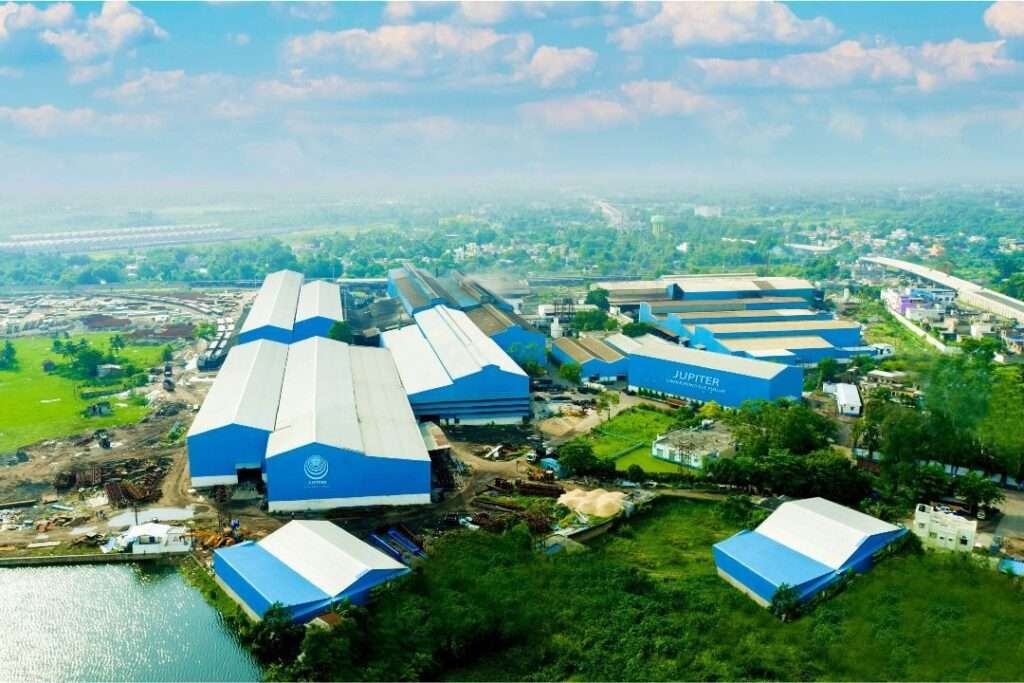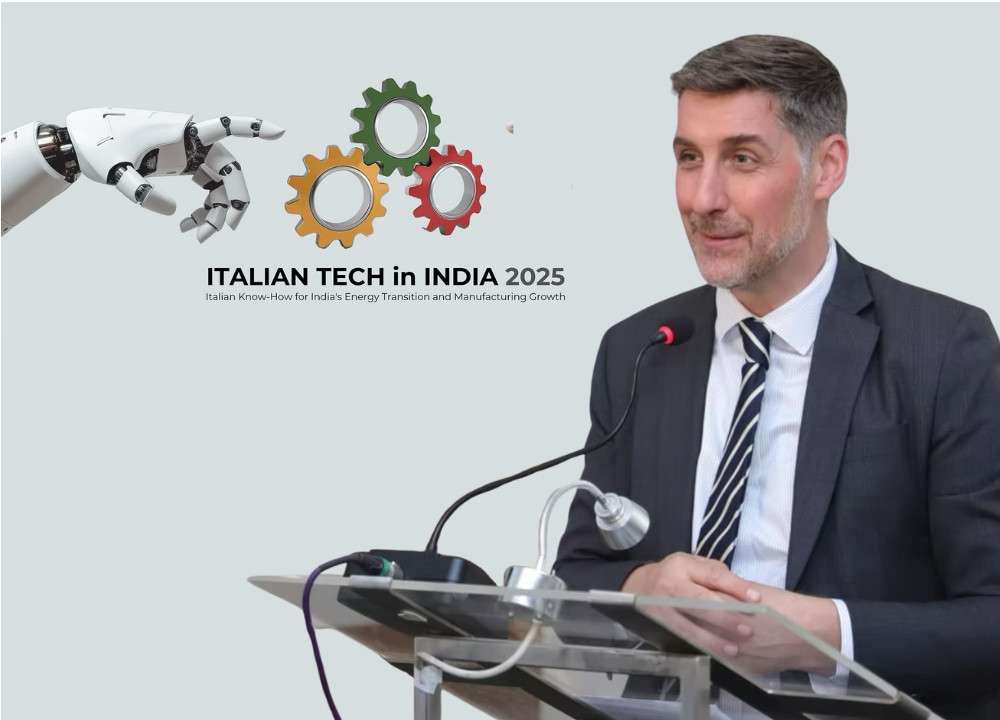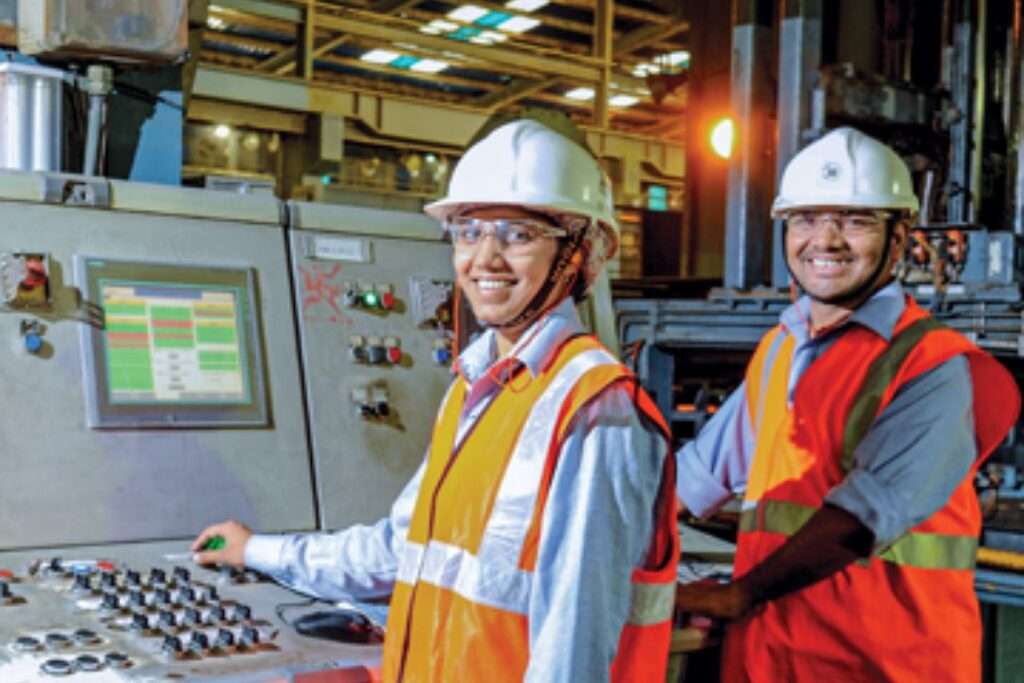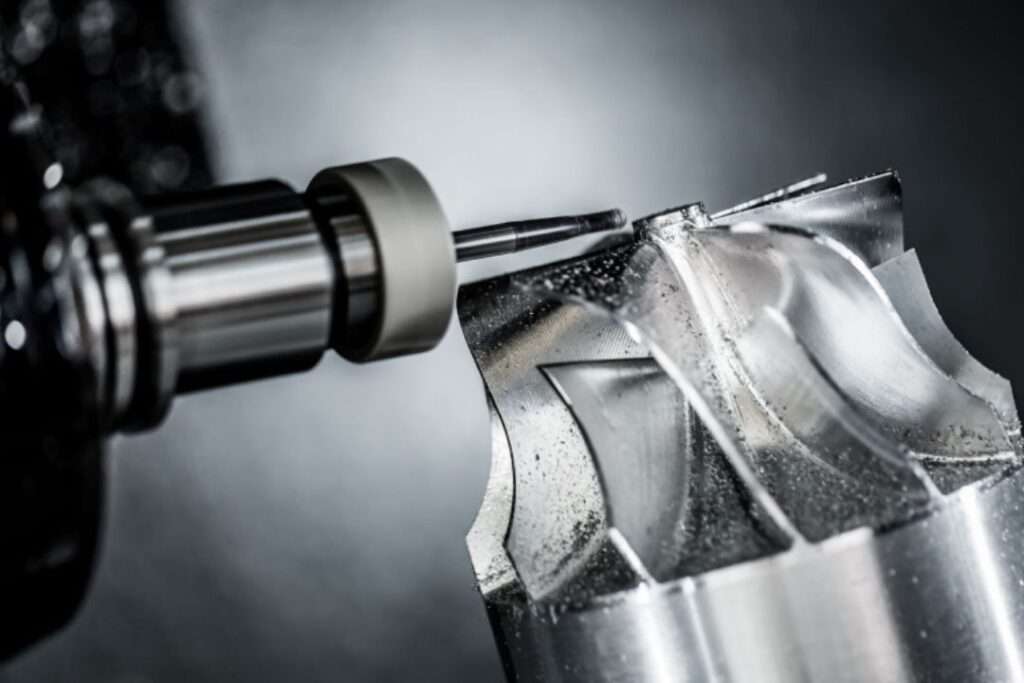A Dutch company has introduced the world’s most powerful crane, designed to meet the growing demand for large-scale energy infrastructure, including enormous wind turbines. The crane, developed by Mammoet, a heavy lifting specialist, represents a significant investment of tens of millions of dollars. The crane’s boom was recently raised at Mammoet’s Westdorpe site near the Belgian border, with testing scheduled to begin soon before it becomes operational next year.
As the global energy transition accelerates, there is an increasing need for robust infrastructure, such as cables, specialized vessels, and large-scale equipment. Any shortages in these areas could hinder efforts to reduce carbon emissions and combat climate change. Gavin Kerr, Mammoet’s director of global services, highlighted the importance of overcoming supply chain challenges, stating, “The bigger everything gets, the more we need bigger cranes.”
The SK6000 crane is capable of lifting an astonishing 6,000 tons—equivalent to the weight of 1,100 adult African elephants, nearly 500 double-decker buses, or 15 fully loaded Boeing 747 jumbo jets. Mammoet, a Dutch leader in providing cranes for large construction projects worldwide, plans to disassemble the SK6000 after testing and transport it to various job sites. The crane’s services will be offered to a range of energy producers, including offshore wind developers who are increasingly using larger turbines that now surpass the height of some buildings. The crane is also expected to be in demand for the construction of new nuclear power plants, which require the installation of massive components on reactors.
Additionally, the SK6000 will facilitate the construction of larger vessels used for the production, storage, and offloading of oil, natural gas, and liquefied natural gas. Mammoet may consider building additional cranes like the SK6000 in the future, as the design allows for easy replication, according to Kerr. While no decision has been made yet, the company has a history of expanding its fleet with similar equipment when needed.








